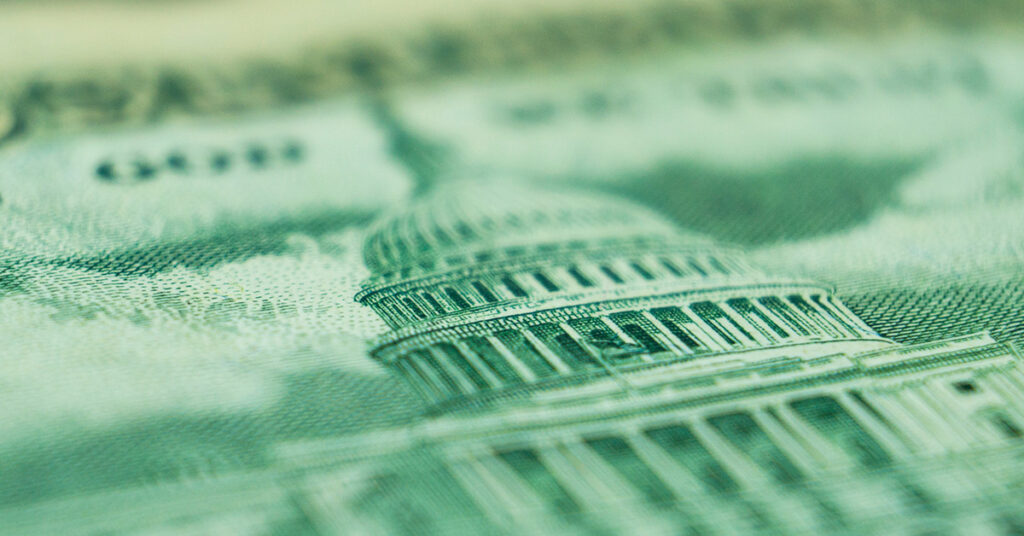Since 2000, Congress has passed several rounds of tax cuts that have increased the federal deficit by nearly $6 trillion and disproportionately benefited the top 20 percent of households, which received nearly two-thirds (65 percent) of the value of all tax changes, a new report from the Institute on Taxation and Economic Policy finds.
The analysis, Federal Tax Changes in the Bush, Obama and Trump Years, estimates the tax cuts cost $5.1 trillion and, including interest payments on the national debt, had a total impact of about $5.9 trillion. To determine the cumulative effect of tax cuts under the last three presidential administrations, the analysis compares federal taxes paid by American households every year from 2001 to 2018 to what they would have paid if the 2000 tax law remained in effect. Every income group pays a lower percentage of their income in taxes today, but the highest-earning 20 percent of households are the biggest beneficiaries by far, with the top 5 percent receiving about 38 percent of the cumulative total of tax cuts.
The disproportionate flow of tax cuts to the nation’s most affluent households is a sobering reminder of how tax policy contributes to widening income inequality. Low- and moderate-income households’ incomes have remained relatively flat over the last two decades, while rich households have seen their incomes increase. Tax cuts that mostly flow to the wealthy are in effect transferring even more wealth to those who are already have the most.
“The tax cuts enacted since 2000 have been enormously costly and have mostly benefited those who are least in need of help,” said Steve Wamhoff, director of federal policy at ITEP and the lead author of the analysis. “For example, the richest 1 percent received more benefits than the bottom 60 percent. It’s worth asking whether this is the result most Americans wanted from their lawmakers.”
The richest fifth of Americans had the biggest after-tax income boost from tax cuts during the George W. Bush years. Tax changes under the Obama Administration reversed some of the Bush tax cuts, which reduced tax cuts going to the rich, though dollar-for-dollar they continued to benefit most. But now, due to the recently enacted Tax Cuts and Jobs Act, the richest fifth again receive the biggest after-tax income boost.
If current tax policies remain in effect, the cumulative cost of the tax cuts will add up to $10.6 trillion ($13.6 trillion including interest payments) to the national debt by 2025.
“These policies have transferred trillions in wealth to those who were already rich,” said Alan Essig, executive director of ITEP. “Annual income for the top 20 percent of households has grown since 2000. But it essentially has remained stagnant for families in the middle-income quintile and declined for poor and low-income households. Our federal tax policies aren’t the sole cause of this problem, but they certainly have contributed.”





